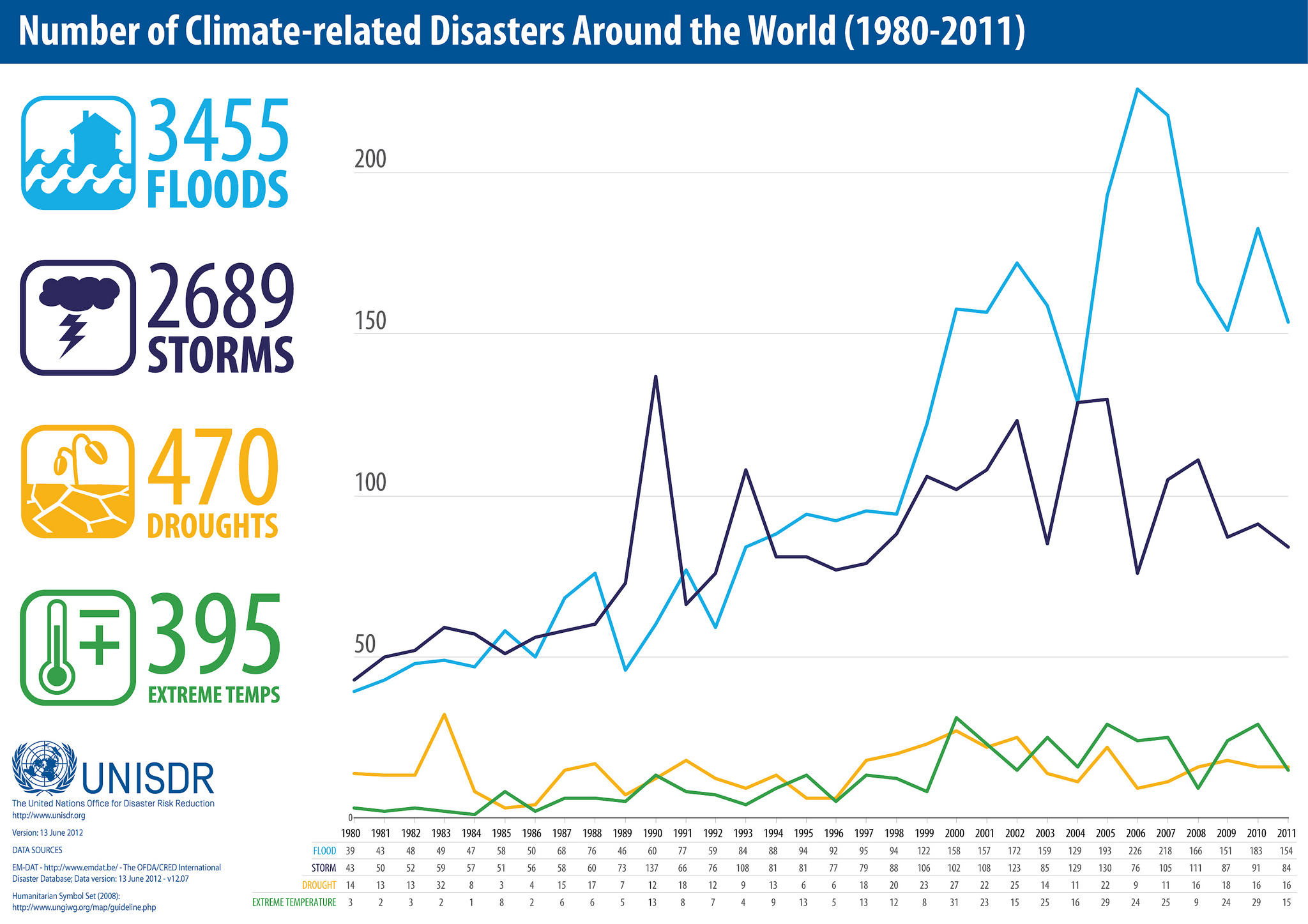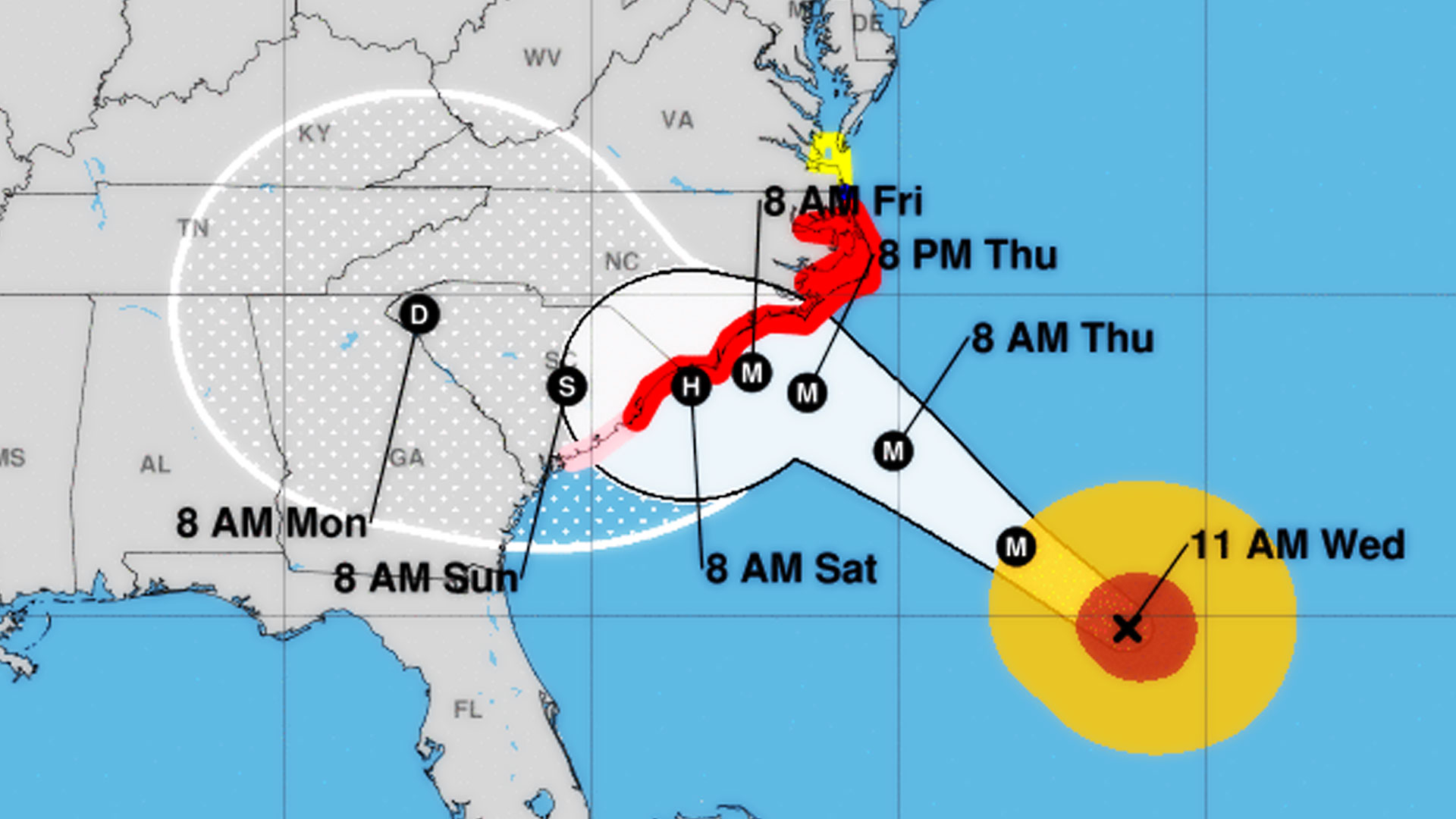This post has already been read 14064 times!
How a Network Can Be Your Best Defense in the Face of Mother Nature’s Fury
Every year hurricanes pummel the Gulf and the East Coast of the United States, threatening supply chains into and out of the Gulf and the eastern seaboard.
Natural disasters spare no country, no individual and especially no global business. Whether the risk of an adverse weather event is high or low, companies need to be prepared before disaster strikes. , over the past 20 years, global climate related disasters are on the rise with US, China, India, Philippines and Indonesia recording the most events.
The UN estimates that economic losses – including earthquakes and tsunamis – is between US$250 billion and US$300 billion annually. - Melis Jones @onenetwork Share on XOn July 3, 2018, Japan was hit by Typhoon Prapiroon. Multiple areas saw record breaking rain fall with some areas receiving more than 39 inches of rain. Ultimately, Eight million people were ordered to evacuate their homes.
Declared a natural disaster, the floods were swiftly followed by an unprecedented heat wave with temperatures reaching 104 degrees. The BBC reported that more than 100 people died from the extreme heat, and more than 22,000 were hospitalized with heat stroke symptoms.

Japan is just the latest example of countries dealing with extreme weather.
While Asia bore the brunt of many weather-related disasters, China and the United States were the two countries hit hardest. According to the graphic below, global organizations will find it difficult to side step such a natural disaster. The UN estimates that economic losses – including earthquakes and tsunamis – is between US$250 billion and US$300 billion annually.
![Number of hydro-meteorological and climatic disasters in countries from 1995 to 2015 [18]](https://www.researchgate.net/profile/Ronaldo_Borgo2/publication/318020374/figure/fig4/AS:510722728828928@1498777195922/Number-of-hydrometeorological-and-climatic-disasters-in-countries-from-1995-to-2015-18.png)
How Can You Mitigate the Effects of These Disasters?
Companies need the ability to look at “real-time”, “what-if” scenarios and instantly collaborate with their entire ecosystem and accelerate and de-accelerate plans as easily as the winds change. Scaling up to manage a disaster response is labor intensive and, over time, not sustainable. Adding to this challenge is a common occurrence; when the winds die down, it’s human nature to return business as usual.
Institutionalize agility before disaster strikes, with all business partners on a single platform, data can be shared simultaneously across the globe. - Melis Jones @onenetwork Share on XCompanies need to institutionalize agility before the disaster strikes to maximize efficiency and satisfy customer demand. To do so, all business partners need to be on the same platform, so that information is shared simultaneously across the globe. If a storm dramatically changes course, the network needs to share information on which suppliers, warehouses and distribution centers are now in the path of the storm. Who will be affected and what is the new plan of action?
Companies and their partners will all need to be on the same page, or in supply chain terms, working from a single version of the truth, in order to be able to effectively respond to disasters and disruptions. Working with your ecosystem across a shared, multiparty network every day, prepares your organization to respond efficiently and effectively in the face of disaster. In the disaster business they say, “If you want to play on game day, you need to show up to practice.” People want to do business with people and processes they trust rather than bringing new and untested plays onto the field – especially during a disaster.
When the pressure is on, we all can perform better if we have been nurturing and orchestrating our network properly. Reacting to preserve your business and its global operations in the midst of a natural catastrophe is not the time to bank on an unrehearsed contingency plan. However, a pre-established network allows you to push the throttle and accelerate your business in a time of chaos. Employing a multi-party network well ahead of time is the key to an effective disaster response and can be your secret weapon before the storm.
Related Resources
- Digital Twins in Supply Chain – How to achieve a true, digital twin that reflects your real-time network and enables effective planning and execution.
- Nucleus Research’s Control Tower Value Matrix 2020 – this is the definitive analyst report on supply chain control towers and explains they types of control tower solutions available and ranks them by value and usability.
- What Constitutes a True Network? – Networks need certain features in order to be able to support global supply chains
- Control Tower tech brief – what makes for an effective control tower and how do you choose one?
